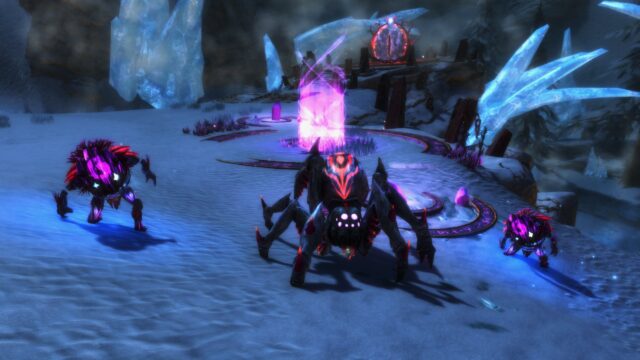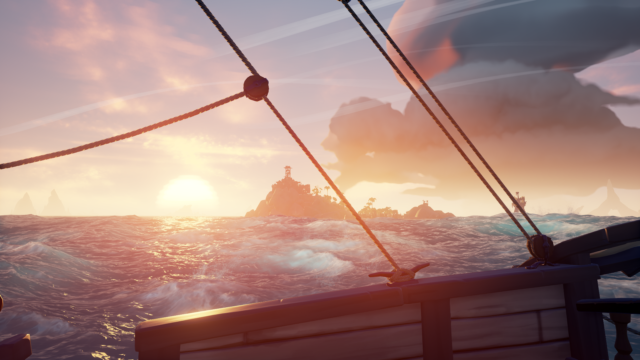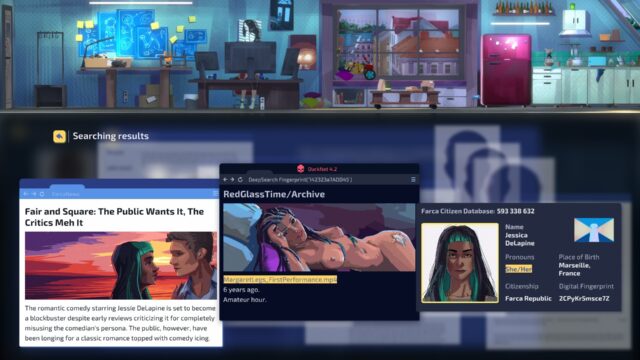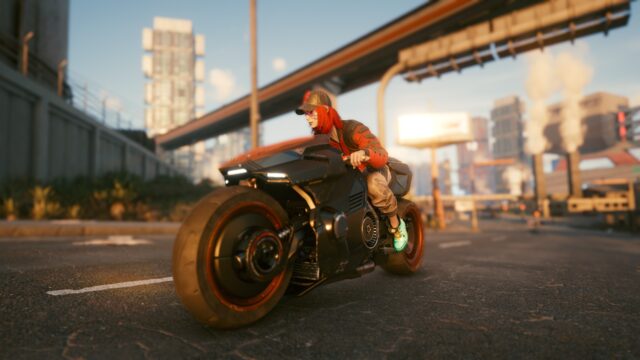Steam Library: Giga Wrecker
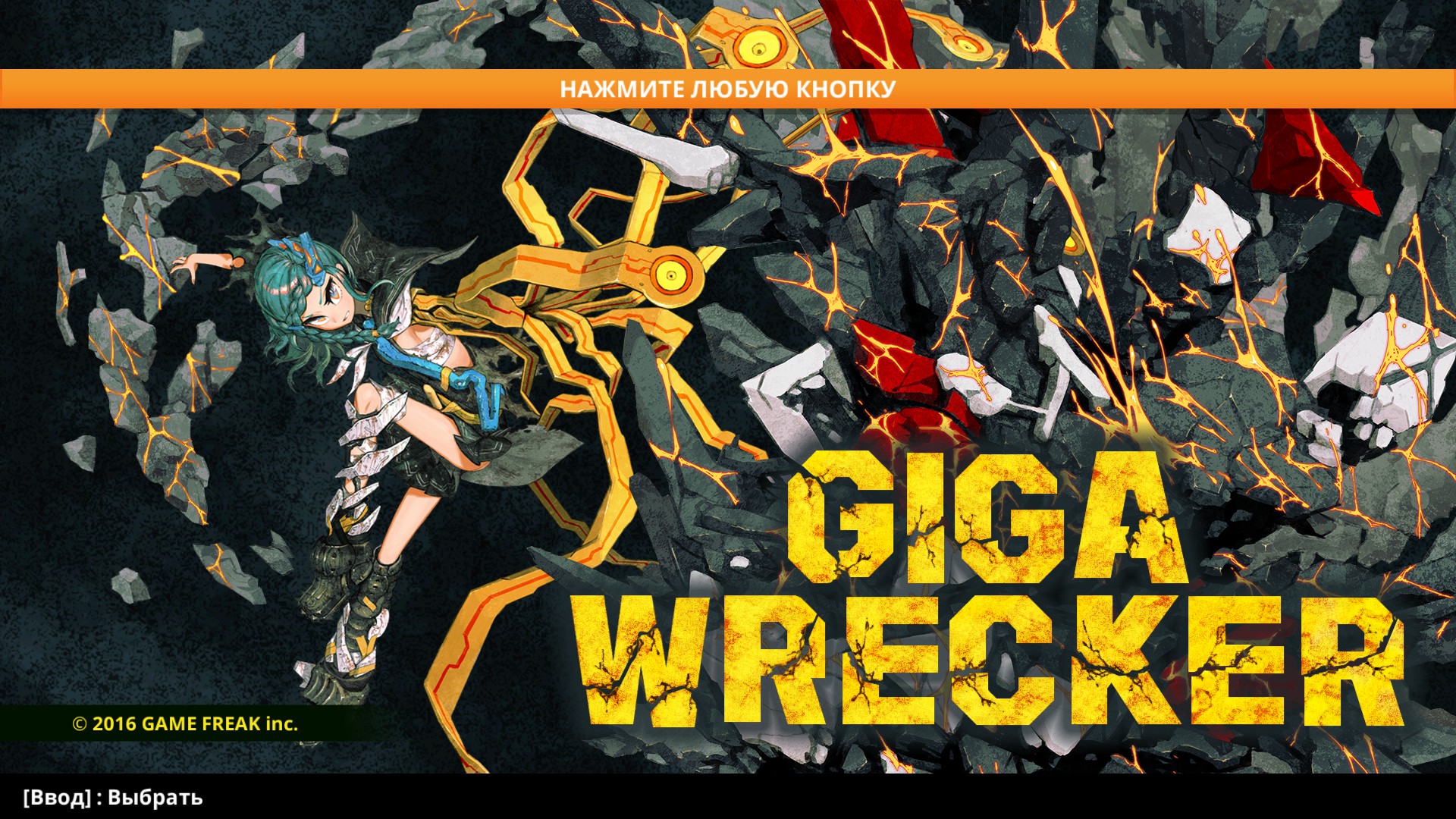
An extraordinary Japanese schoolgirl in military uniform rushes through the ruins of a metropolis. After a brief search, she finds another Japanese schoolgirl, this time in a typical school uniform without armor. They have a short conversation about the fate of humanity, and the military schoolgirl shoots the schoolgirl at point-blank range, but is interrupted before she can deliver a final blow to the head by a giant humanoid robot that grabs her and takes her into a post-apocalyptic sunset.
But wait, there’s more!
A mad scientist finds the dying schoolgirl and turns her into a cyborg. In return, the scientist wants our heroine to collect various materials from hordes of robots of different colors and calibers for study. And perhaps, in doing so, she could save all of humanity as we know it. The schoolgirl agrees, but only because her friends, who were also kidnapped by the giant humanoid robot, are part of that humanity.
Isn’t this the ultimate celebration for every fan of Japanese animated self-expression? Giga Wrecker may have fallen slightly behind the trend by not sending anyone to parallel worlds in search of a lost younger stepsister, but it still fits the genre. Especially since GW is an honest two-dimensional platformer about healthy locations, puzzles, and bosses with solid algorithms.
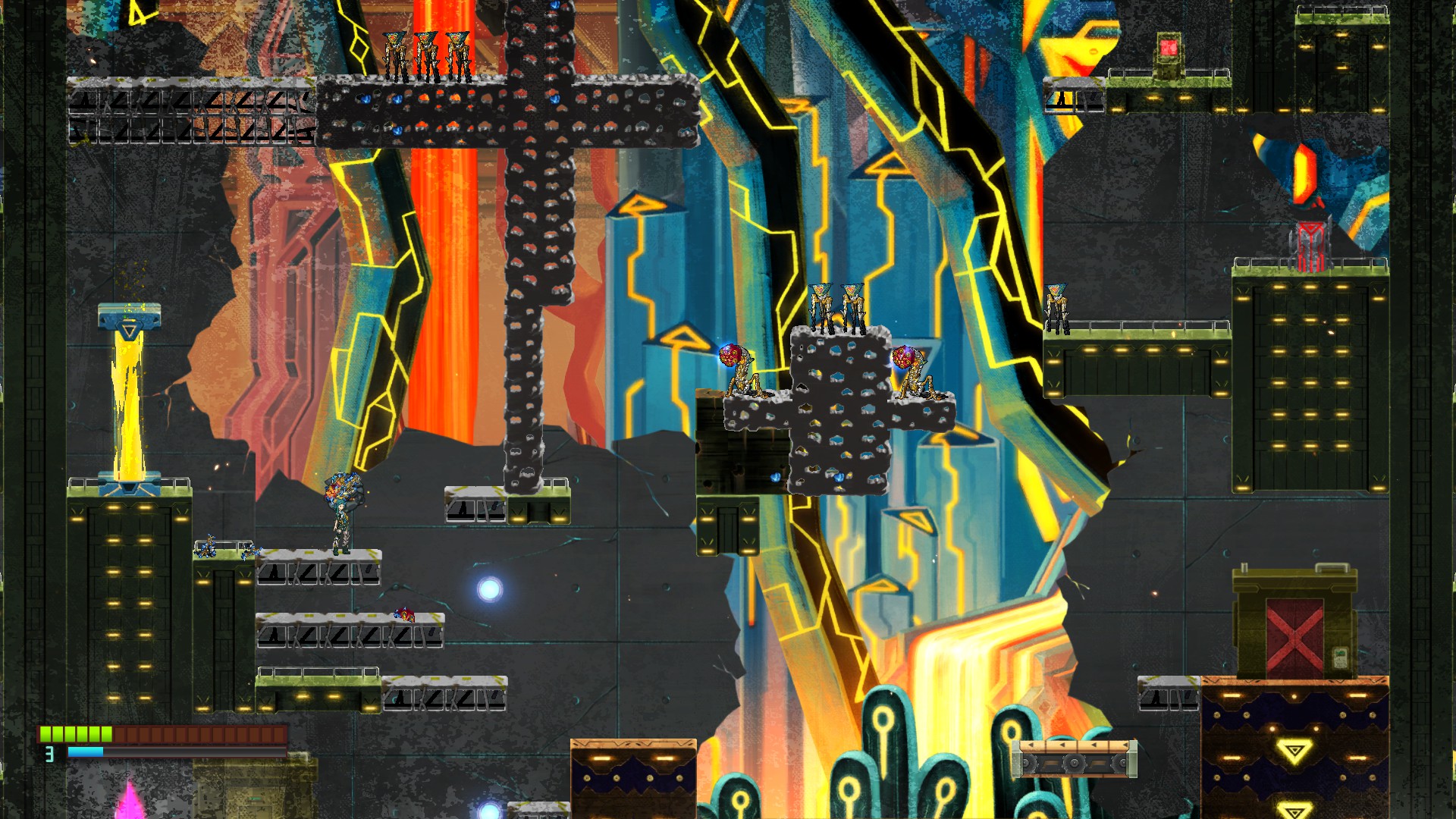
There was a game on Xbox 360 called Outland. There, an unnamed native traveled through enormous ruins of magical Aztecs, solving many logic and reaction puzzles, then fought an epic boss with ten thousand attempts and ultimately emerged victorious. Then the player greedily consumed all the bonus content, and despite having just conquered about ten hours of more or less identical gameplay, went to search in stores for something similar. And couldn’t find it.
After n years, when Outland could easily be classified as a small unknown masterpiece, and the niche was filled with entertainment of a different kind, Hyper Light Drifter The true successor of the game has appeared in the world. Who would have thought.
You launch the GW client and think, “Mom, I’m home. Just changed the wallpaper.”
The heart of Giga Wrecker is puzzles. Floating platforms, spikes embedded in the floor, robots bouncing on them, buttons with timers, and other expected platformer elements rarely appear on their own. The robot will definitely fall apart into a pile of scrap metal, which can not only be thrown at other enemies, but also must be dragged through two screens to plug a hole in the floor with it, so that the hanging swings from the ceiling do not fall through. From there, the heroine can reach the wall, hug it, and slide down to the desired platform, where a mandatory upgrade for some ability is hanging. Which, in turn, will be needed five screens to the right.

But, of course, the player will still have to figure out the correct sequence of actions. At first, as well as on second, third, and fourth glances, it is often unclear where to go next. The worst moments are when you, after struggling with the same task for ten minutes, suddenly realize that GW simply hasn’t given you all the tools yet, and this specific location is currently impassable. That’s the reward for perseverance.
In these wonderful moments, the game, which usually describes in detail how and what to do, remains silent like a partisan. You want to see at least a light bulb on the wall, subtly hinting that you need some special gadget here. Personally, the ethereal silence of Giga Wrecker hit me twice as hard, as I had a break of a couple of weeks between the first and second gaming sessions. I loaded up the saved game, passed a couple of locations, took the wrong turn at a fork, and spent half an hour fighting against impassable robots.
In those moments, I hated the local puzzles more than the local dialogues and local save points. Or rather, the combination of the latter two. Maybe it’s just that I, your humble servant, didn’t notice the option for fast-forwarding cutscenes and I’m a fool. But even if that’s the case, why do the dialogues pop up right after saves and before new puzzles? A five-minute groundhog day: respawned, scrolled through the dialogue, ran ahead with a light heart, messed up the task, respawned, scrolled through the dialogue, ran ahead irritably, messed up the task again, respawned, for the third time, gentlemen designers, scrolled through the dialogue, started hating humanity, ran ahead… Turned around and crawled back three locations to the unfortunate save point because one cannot endure such a life anymore.
As a pleasant bonus, GW often throws the player back to the respawn point immediately after respawning. Just to be sure. The respawn point is activated by the “up” key, which on an analog gamepad is very often mixed up with “right” and “left”. So it turns out that familiar wide gestures with the stick near save points are risky.
By the way, it’s highly recommended to play Giga Wrecker with a gamepad. As is the case, indeed, with any other 2D platformer.
The pitfalls of the world and game mechanics disrupt the desired rhythm, but once you get a few bumps from them, things will go smoothly. If it weren’t for the aforementioned foolishness, the only drawback of the platformer would be the local “physics,” which overall contradicts common sense and therefore hinders overcoming obstacles.

Alright, let’s put aside the offensive flaws for a moment and see if the game is interesting enough to endure the occasional mess.
And yes, GW can seriously captivate. Visually, the project may not appeal to everyone’s taste, but the gameplay should please all fans of thoughtful platformers without exception. When poorly placed events on the global map don’t interfere with your life, everything falls into place. Tricky techno-labyrinths present interesting puzzles that sometimes make you bang your head for five to ten minutes straight, but you do it with excitement, and once you finally solve the puzzle, you immediately feel like the king of the hill and a genius. Of course, after such a moral victory, you don’t want to stop at what you’ve achieved.
I would like to separately praise the boss battles. The classic formula, where the hero dies five times in a row just observing what the boss does, dies five more times while devising a strategy, and only delivers a decisive counterattack during the next five attempts, can easily be ruined. The pace is slightly faster than necessary, boss attacks deplete health too drastically, or the algorithm is just boring – in the best case, the fights become monotonous, and in the worst case, tedious. Let’s not forget that our heroine is properly separated from her opponents after ten attempts at a resolute victory.
Fortunately, the designers managed to strike a balance between speed, difficulty, and everything else. The duels are fast, dynamic, not boring, and don’t drive the player to hysteria. Hardcore enthusiasts may find GW bosses too easy. But overall, everything is great – intimate duels with jumps, precise strikes, timing, and the spirit of the old school are definitely successful.
Moreover, after the first attempt, the pre-match dialogues are finally disabled! People can do everything right when they put their minds to it!

It’s frustrating when a good game is dragged down by flaws that could have been easily fixed. I would like to say that Giga Wrecker is an excellent game, but no, the words won’t come out. It’s just good. Worth buying; definitely a better option than buying another flashy new release with the Early Access label fueled by fleeting enthusiasm.
Share
Discuss
More Reviews
